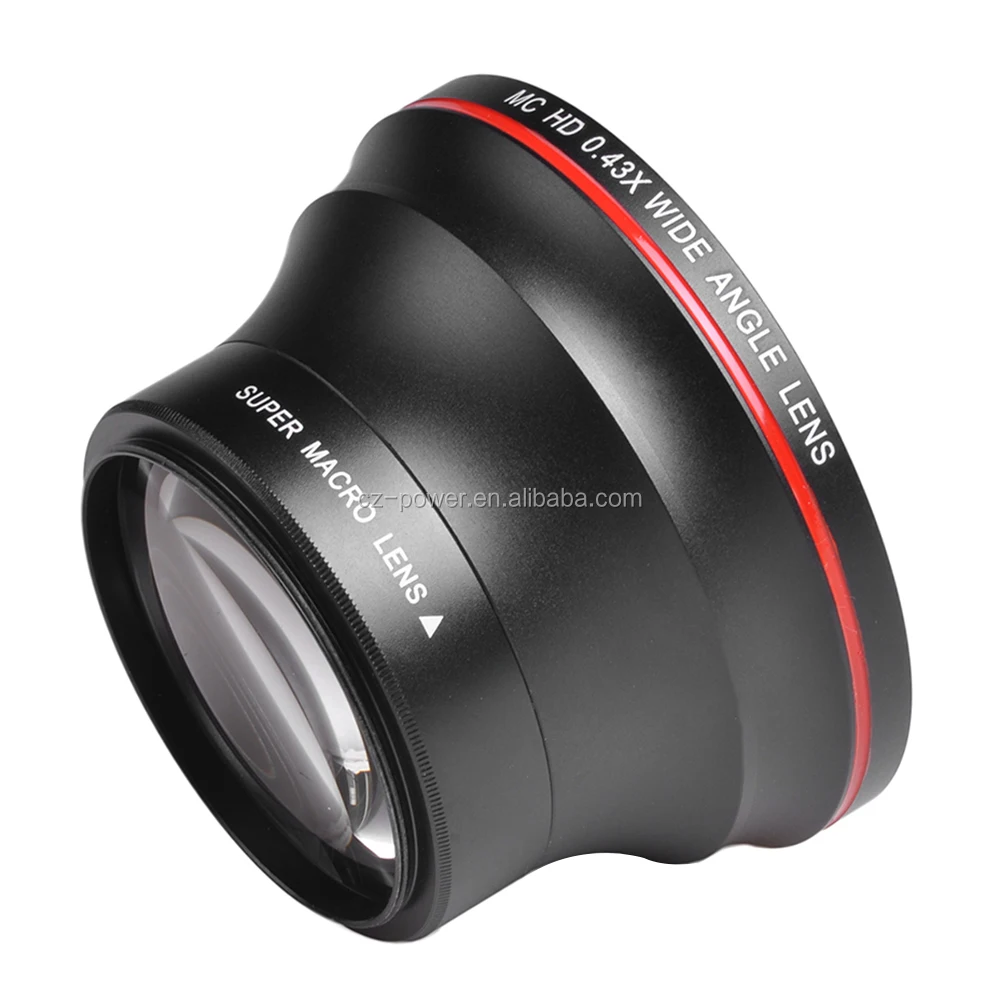
Autofocus becomes frustratingly sluggish in this mode, with shot-to-shot times plummeting from 0.45 to a somewhat unacceptable 4.8 seconds in our tests.

Sadly, there doesn't seem to be all that much improvement to the live view mode, though. These restrictions, although available, weren't all that obvious on the previous D7000. Setting the aspect ratio to 3:2 or 16:9 (for photos and videos respectively), this also makes it clear that videos can't actually use shutter speeds slower than the selected frame rate too and that the aperture can't be adjusted while recording either. The live view, video record and autofocus point lock buttons have been rearranged to a bit more of a logical layout, and there's also a lever to toggle the live view mode between photo and video duties too. There's also a new button marked i here, which gives you quick access to an extra ten functions via the screen, such as HDR shooting, colour presets, strength of noise reduction and the option to customise the two buttons on the front of the camera. The generous 3.2in screen is a smidge bigger and its resolution has increased to a respectable 1.2 million dots, with white pixels joining the usual RGB for increased brightness.

The exposure mode and drive mode have dedicated dials too, both of which have locks to avoid accidentally hitting them.Īt first glance, any external changes compared to the D7000 are tricky to spot, but there are some welcome additions here and there. While the main menu isn't exactly the quickest to move around in, but with so many physical controls, there's very surprisingly very little need to visit it. It's worth pointing out that many of these buttons are accessed with the left hand, leaving the right hand in charge of the dials it's definitely this two-handed operation that we find to be incredibly fast and all around intuitive.
#How to set in camera lens distortion for d7100 iso
The dual dials are used quite effectively, including adjusting the ISO speed with the rear dial and toggling the Auto ISO with the front dial. We really like the control system here, with plenty of dedicated buttons for a wide range of functions such as ISO speed, white balance, metering, autofocus mode and bracketing too, simply adjusted by holding down the button and turning the command dials. Likewise, the twin SDXC card slots and robust weather-sealed magnesium alloy body are a rarity to find, given the price.

The nicely sized optical viewfinder, the generous 950-shot battery life, passive LCD screen for displaying settings and the dual command dials set it apart from much cheaper SLRs, such as the Nikon D5200. Sharing plenty of similarities with the older D7000, the D7100's main success has certainly stemmed from its updated controls and ergonomics and it's good to see that not all that much has changed.


 0 kommentar(er)
0 kommentar(er)
